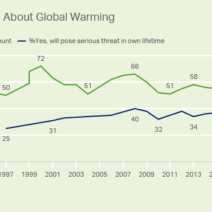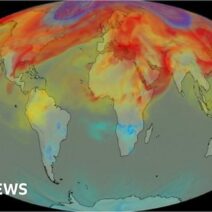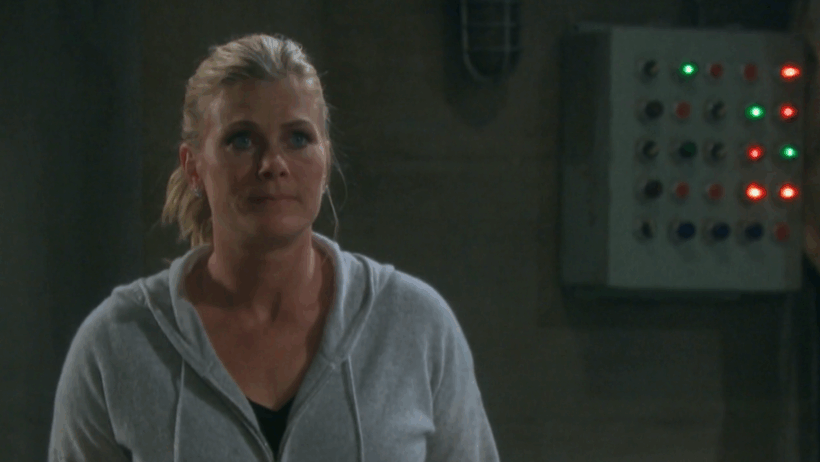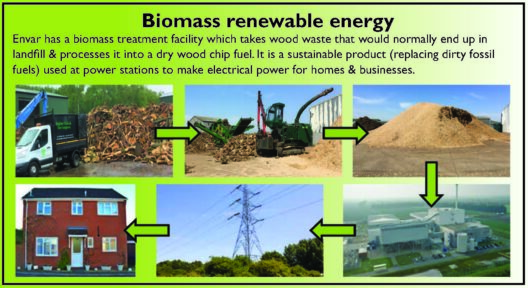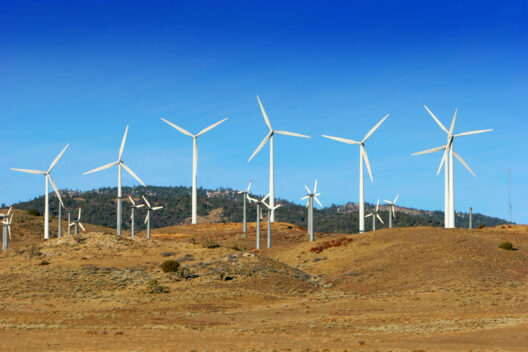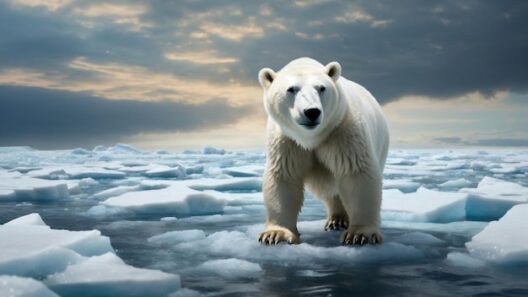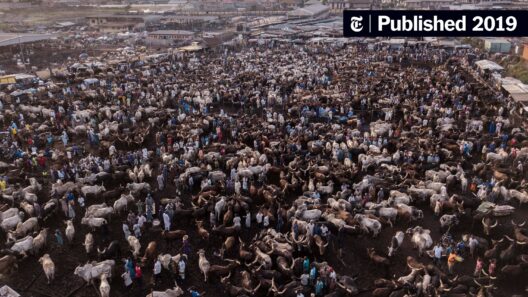Global warming, often personified as the Grim Reaper, casts a long shadow over the planet. With rising temperatures and shifting climates, we find ourselves confronted with the stark reality of lives lost—both human and animal. The ecosystems that sustain us all are in peril, and the question arises: how many more lives will be lost before we collectively rise to the challenge of climate change?
The Human Toll of Climate Change
As global temperatures soar, the consequences become increasingly dire. Heatwaves, erratic weather patterns, and natural disasters contribute to the loss of human life at an alarming rate. The World Health Organization estimates that climate change is expected to cause an additional 250,000 deaths each year between 2030 and 2050. This statistic is not just a number; it represents fathers, mothers, friends—individuals snatched away by the fatal embrace of a warming world.
Moreover, a rising tide of infectious diseases correlates with changing climates. Malaria, dengue fever, and other vector-borne illnesses thrive in warmer climates, leading to higher incidences of disease. Vulnerable populations, particularly in developing countries, suffer the brunt of these impacts. A playful question arises here: can a planet that is warming also manage to encourage the proliferation of harmful pathogens like these, while simultaneously hosting hospitable environments for future generations?
Environmental Refugees: A Harrowing Reality
The grim realities extend beyond immediate fatalities. Climate change engenders a wave of environmental refugees—people forced to flee their homes due to severe weather events, sea-level rise, or drought. The United Nations High Commissioner for Refugees projects that by 2050, up to 200 million people could be displaced by climate-related phenomena. These individuals do not merely relocate; they leave behind their communities, culture, and often, their lives as they knew them. The challenge lies in integrating these refugees into new societies, where resources may already be scarce. Are we prepared to face not only the loss of life but also the upheaval of entire communities?
The Impact on Wildlife and Ecosystems
It’s not merely humans who suffer in the face of climate change. Biodiversity is rapidly declining, with species extinction rates estimated to be 1,000 times higher than the natural background rate. As habitats are altered or destroyed, countless species face extinction—a poignant reminder of the planet’s fragility. Polar bears struggle as melting Arctic ice diminishes their hunting grounds; coral reefs, often described as the rainforests of the sea, are bleached and dying due to rising ocean temperatures.
This loss of biodiversity is more than an environmental concern; it poses a long-term threat to humanity itself. Ecosystems provide essential services such as pollination, water purification, and carbon storage. Without these, we risk catastrophic consequences that extend beyond individual species. The intricate web of life is resilient, yet it requires balance; losing even one thread can unravel the fabric of ecosystem health. How then do we reckon with our role as stewards of the Earth while casualties mount in both wildlife and human populations?
The Economic Burden of Inaction
The cost of inaction is staggering, far exceeding the investments needed to combat climate change. Extreme weather events disrupt economies, leading to billions in damages. For instance, hurricanes, floods, and droughts cripple agricultural production, resulting in food scarcity and increased prices. The economic strain falls disproportionately on the poor, exacerbating existing inequalities. This brings us to a provocative consideration: can we afford to ignore the impending costs of climate inaction, or do we proactively invest in mitigation and adaptation strategies now to safeguard our future?
Pathways to a Sustainable Future
Addressing climate change requires a multifaceted approach that encompasses international cooperation, sustainable practices, and innovative solutions. Transitioning to renewable energy sources, enhancing energy efficiency, and protecting natural habitats are essential steps in reducing greenhouse gas emissions. Public awareness and education are pivotal in generating grassroots movements that demand accountability from governments and corporations alike.
Policies that reduce carbon footprints and promote sustainable agriculture can help halt further losses in both human and animal populations. Sustainable practices offer a path forward—one that can heal the planet and its inhabitants. The challenge remains: will we, as a global community, muster the collective will to embark on a transformative journey toward sustainability?
Conclusion: A Call to Action
The Grim Reaper of global warming does not discriminate; it claims lives across species and boundaries. As the clock ticks, the urgency to act escalates. Losses incurred today, whether in human lives or biodiversity, may seem insurmountable. Yet, each step taken toward sustainability is a potential life saved. It falls upon us as stewards of the Earth to address the climate crisis decisively. The stakes are high, but the power to evoke change lies in our hands. Will we rise to meet the challenge, or will we allow the Grim Reaper to continue its relentless march?
